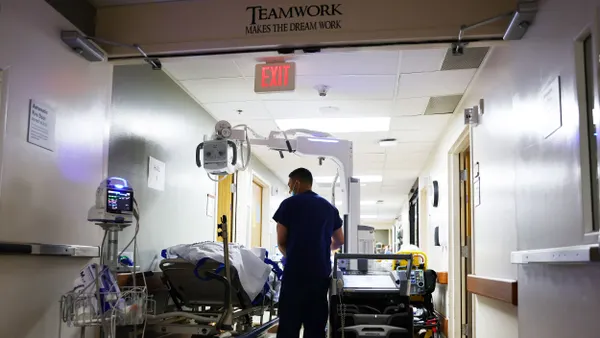Dive Brief:
- Columbus-based OhioHealth said June 30 that it is closing its 15-bed Doctors Hospital Nelsonville because of changing community needs: Only four of its 15 beds are filled on any given day. The not-for-profit system includes 12 member hospitals and an array of other providers and services.
- OhioHealth said it is shifting its focus to outpatient services, and it intends to begin construction in 2015 on a new outpatient facility in Nelsonville, a southeastern Ohio town of about 5,000. It expects to complete the outpatient health center in 18 to 24 months, then shut down the hospital.
- It will be a gradual process: The hospital will immediately limit inpatient capacity, ending inpatient services no later than Dec. 31. Until the outpatient facility opens, the hospital will continue to offer current services, including 24-hour emergency services, endoscopy, outpatient x-ray and other outpatient services.
Dive Insight:
A hospital official described the decision to close as being “a very emotional, thoughtful and collaborative process" for board members and OhioHealth alike. But LaMar Wyse, the hospital's chief operating officer, said that with only 20% of people in Nelsonville going to Doctors Hospital Nelsonville for inpatient care, and an average inpatient census of about four patients per day, "it became obvious that keeping the hospital open was not a viable option. In fact, what the community is saying it needs—both in their words and actions—is more robust, convenient outpatient care.”
Two years ago, a few CEOs discussed what makes a small community hospital work. One said it can't be all things to everybody: "But we try to make sure we do those things well. Being nice, having a clean facility and warm food...Did the physician come in and talk to me? Are the nurses rounding on me consistently? If you can perform those basic functions well...then patients will be loyal." Another said customer service is key: "Word of mouth in a small community is the best advertisement in the world." OhioHealth seems to be listening to what its community wants—and reshaping its care delivery so it can stay put.












